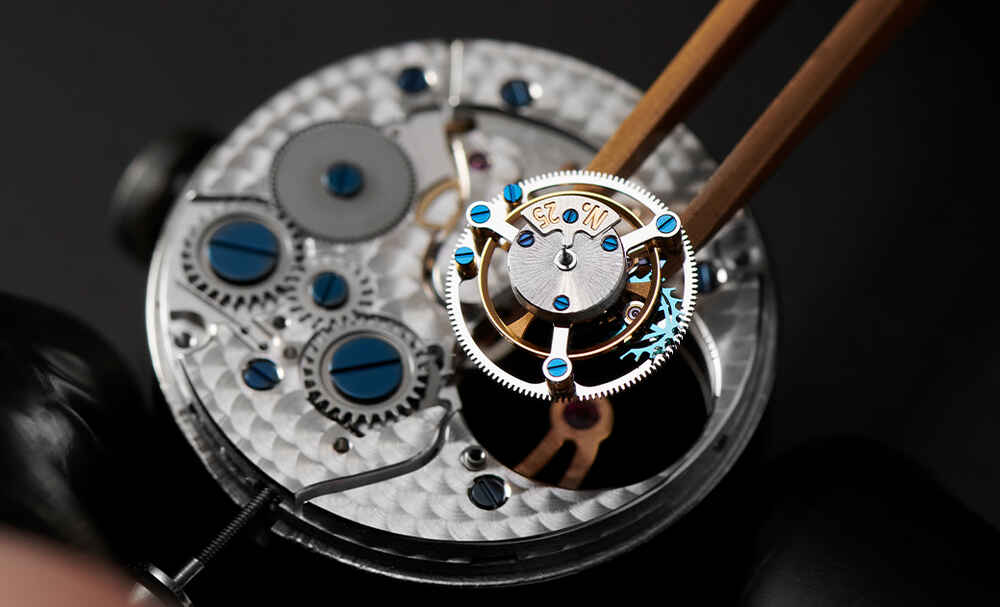The clear choice: Plexiglas and its role in the art of watchmaking
What are the advantages of Plexiglas watch glass? Due to its lower hardness, acrylic watch glasses suffer scratches more quickly than watches with mineral or sapphire glass. However, this does not mean that Plexiglas will necessarily scratch. After diamond, sapphire crystal is one of the hardest materials and can only be scratched by harder materials. Although Plexiglas is softer than sapphire, it is also harder than many other materials. In addition, a harder material should have a correspondingly angular surface that can scratch other objects.
If Plexiglas should suffer a scratch, it is easier to remove than mineral or sapphire glass. You can even do light polishing yourself, for example with special acrylic glass polishing agents. Professional polishing by a watchmaker is also generally cheaper. If a watch glass ever needs to be completely replaced, this is considerably cheaper due to the lower production costs of Plexiglas.
The lower density of Plexiglas watch glass also has a decisive advantage: light can penetrate the material better. This means that the watch glass has fewer reflections than sapphire glass, for example. This makes cost-intensive anti-reflective coatings obsolete.
Another advantage of Plexiglas is its resistance to breakage. It is more flexible than other watch glasses and therefore insensitive to impact and pressure forces. If the watch is dropped, there is no need to worry about the glass cracking. There is also a reason for watch nostalgics to rejoice: the flexibility of Plexiglas allows the watch glass to be curved. With sapphire crystal, this is only possible at great, often uneconomical expense.
Anyone who has ever held a watch with Plexiglas in their hand will have noticed that the specific optical properties of Plexiglas give the dial a character all of its own. Observers often describe the look as warm and genuine. Which watch glass is preferred ultimately depends on the individual preferences of the prospective buyer. The scratch-resistant sapphire crystal or the shatterproof Plexiglas, which scores points with its unique look and low maintenance.









